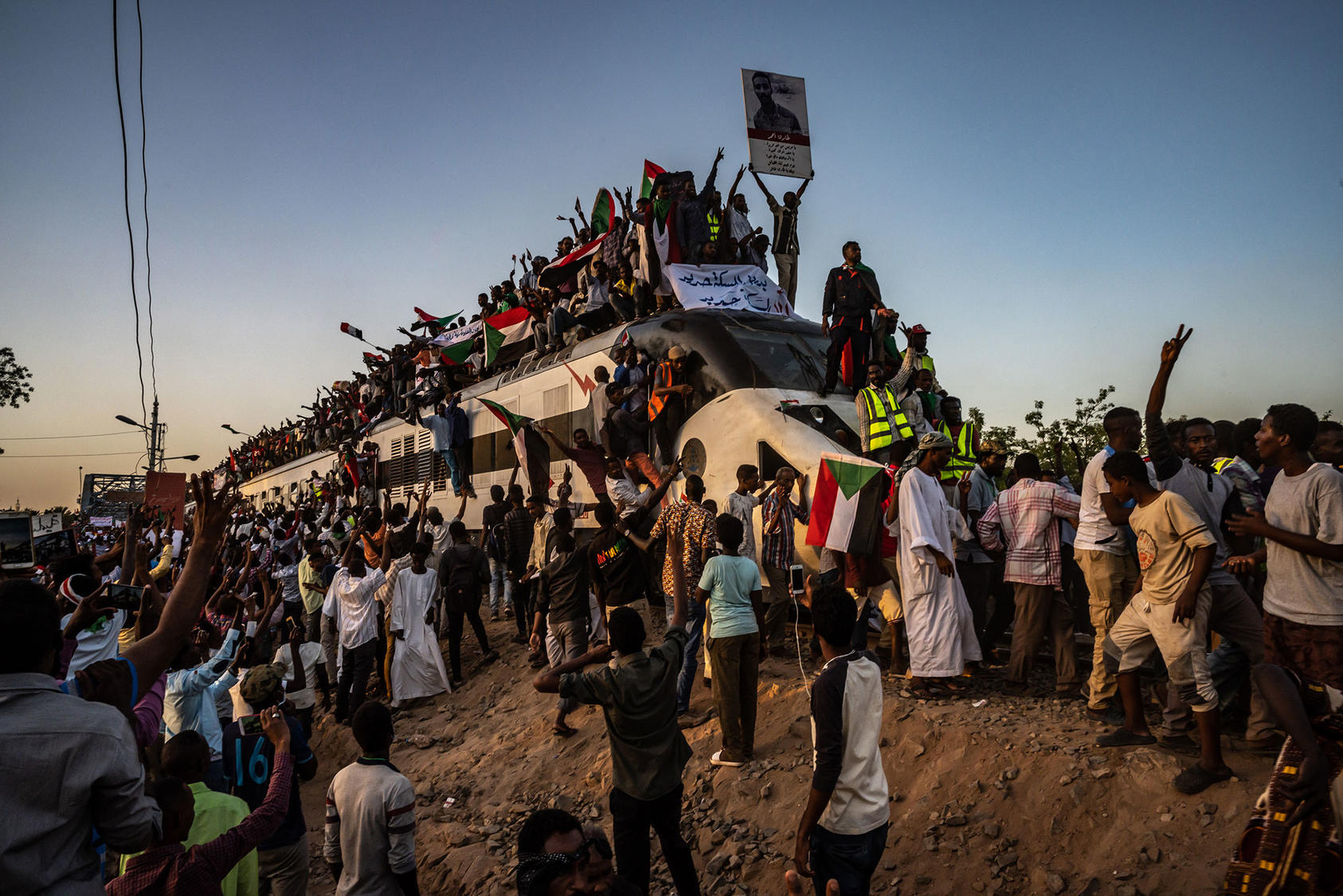Nonviolent action, also known as civil resistance, is a powerful force for bringing about peaceful, democratic change. Political transitions brought about through nonviolent action are much more likely to end in democracy than any other form of transition. But once transitions have been initiated through nonviolent action, activists and peacebuilders often struggle to maintain the civic mobilization necessary to hold new powerholders accountable and ensure peaceful democratic progress.

While past research has identified maintaining civic mobilization through transitions as a key challenge to be overcome for a successful transition to democracy, there has previously been no comprehensive source of data on which transitions have high levels of civic mobilization; the actors most commonly engaging in mobilization; and the effects of different kinds of mobilization on long-term political outcomes. This is a major gap preventing activists, policymakers and academics from understanding how the short-term success of nonviolent action can be turned into long-term sustainable change.
The Civic Mobilization in Civil Resistance Transitions (CM-CRT) dataset addresses this gap with the first comprehensive data source on civic mobilization during transitions initiated through nonviolent action from 1945 to the present. The data, collected at the event level, provides a detailed look at how mobilization changes in the aftermath of successful nonviolent action campaigns and how those changes in mobilization interact with crucial secondary factors like government repression, dialogue and negotiation processes, and institutional change. Each event includes information on over 100 variables, capturing dozens of distinct concepts such as inclusivity, size, repression and foreign support.
The data was collected through a rigorous examination of hundreds of thousands of news reports, scholarly articles and books published on each of the transitions in question. Each event was independently verified by two researchers to ensure relevance and inter-rater reliability. The full details of the data collection process are available in the project codebook.
Version 1.0 of the data was collected by a research team at the Foundation for Inclusion in cooperation with USIP’s program on nonviolent action and includes over 1,400 events from 72 transitions from 1945 to 2019. Data collection on version 1.1 of the data is ongoing. This version of the data will include events from an additional 11 transitions, to cover all known transitions initiated through nonviolent action since World War II. Check this page for updates!
Uses for the Data
Researchers from USIP’s program on nonviolent action are currently analyzing the data to shed light on the types of mobilization and actors involved in mobilization in civil resistance transitions that have had the greatest impact on democratization. A USIP special report detailing these findings is planned to be released in 2022.
The data and all its supporting materials are freely available for any non-commercial purpose. Academics can use the data to examine research questions related to nonviolent action and democratization. Potential questions that could be addressed with the CM-CRT data include:
- Which political actors have the greatest impact on keeping civil resistance transitions on a democratizing path?
- How does gender diversity of mobilization impact long-term protections for women’s rights?
- How has long-term post-campaign mobilization changed as social media has become a more central mobilization tool?
Policymakers and international practitioners can use the data to look at how mobilization by key civic actors has impacted democratization in a key set of political transitions.